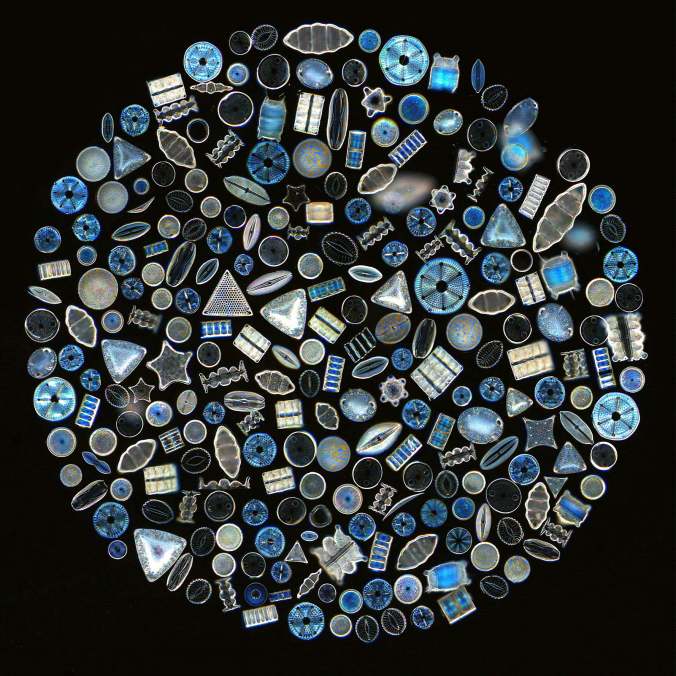Genetic engineering of microalgae to produce many viable high value products.
Genetic modification is the process by which altercations in the genes of an organism ultimately lead to changes in its physical characteristics. Genes are what makes us who we are and what makes us different from other people. All living organisms have genes. Genes come in the form of a long string like molecule called DNA and changes in genes called mutations manifest as physical changes in the organisms.
Changes in genes happen all the time. DNA is a relatively fragile molecule that is protected by the nucleus in almost every cell in the body. DNA is damaged and changed by many things including excess sunlight and smoking. It is these changes in DNA that manifest as hereditary diseases and sometimes cancer . It is also these changes in genes that give organisms strategic advantages over competitors and allows for evolution to occur.
Genetic modification is therefore, a worthy subject of scientific study. We have been genetically modifying organisms through selective breeding and other agricultural techniques for thousands of years. More recently however, since the discovery of the structure of DNA in 1953, there have been numerous advances in our understanding of DNA and how it is expressed in organisms. This has paved way for the development of technologies that can engineer the genomes of organisms for the production of many high value useful products.
Microalgae offer attractive potential for genetic modification to produce many high value products such as biofuels and new drugs. They grow very quickly and are safe to handle. Genetic modification of microalgae will aim to do one many things such as improving the efficiency at which microalgae convert sunlight and nutrients into energy. This will allow for the more efficient production of microalgal products.
Genetic engineering of microalgae also offer the prospect of pharming. Pharming is when genes which code for molecules of interest such as drugs and vaccines are inserted into the genome of an organism like microalgae. The microalgae will express the genes inserted and basically offer a cheap and efficient way of mass producing the said molecule. Pharming of microalgae could provide a cheap and sustainable way to mass produce drugs like insulin and many vaccines.
The ebola therapeutic ZMapp was developed using such methods. The genes coding for the protein were inserted into the chloroplast (light harvesting organ) of the tobacco plant. The plant expressed the genes and facilitated additional modifications that produced a fully functional therapeutic molecule against the Ebola virus. In theory then, microalgae also have chloroplast and perhaps they can be used to mass produce similar drugs. The added advantages of using microalgae instead of plants is that they can grow rapidly and be eaten directly by humans. They are quite nutritious in fact. Could microalgae offer the solution to deliver cheap and safe drugs that can be distributed easily around developing countries to combat epidemics?
Genetically engineered Dunaliella salina are being investigated as a way to orally vaccinate against hepatitis B. The New Ohio Sea Grant is currently investigating using genetically modified Chlamydomonas reinhardtii as a means of vaccinating trout from hematopoietic necrosis virus which kills 30% of the US trout population every year. Mosquito larvae feed on the microalgae, Chlorella so it provides a potential target in the global fight against malaria. Chlorella was engineered to produce the protein trypsin-modulating oostatic factor (TMOF) which interferes with the life cycle of the mosquito larvae. All larvae that fed on the microalgae died within 72 hours.
